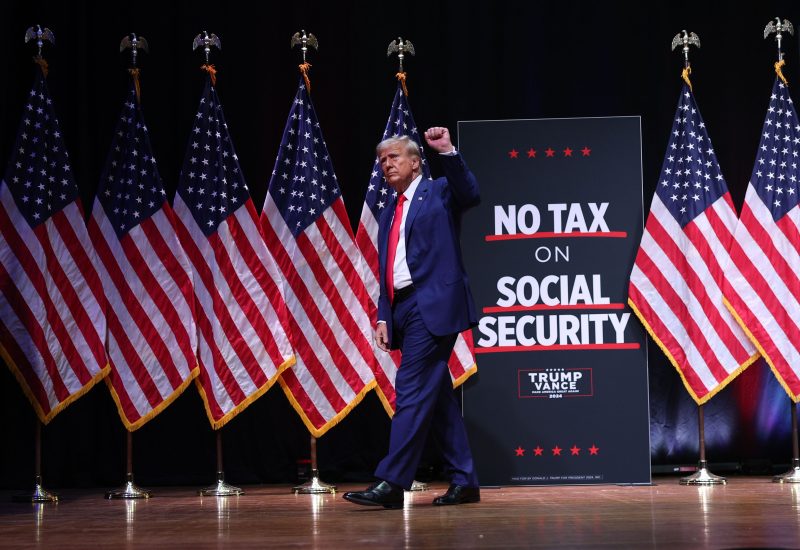In the recent speech held in North Carolina, former President Donald Trump sent a clear signal of his openness to expanding tariff plans as part of his trade policy agenda. The emphasis on tariffs as a tool for economic negotiation has been a prominent feature of Trump’s approach to trade relationships, sparking both support and criticism from various corners. Trump’s stance on tariffs has not only shaped his administration’s trade policies but also had significant implications for global trade dynamics and domestic industries.
One of the key highlights of Trump’s speech was his vocal support for the use of tariffs as a means to rectify what he sees as unfair trade practices by other countries. Throughout his presidency, Trump frequently employed tariffs as a negotiating tool, particularly in trade disputes with China. His administration imposed tariffs on billions of dollars worth of Chinese goods, citing concerns over intellectual property theft, technology transfer, and the trade imbalance between the two countries. The tariff measures aimed to pressure China into making concessions and addressing longstanding grievances on trade issues.
Trump’s approach to tariffs was not limited to China, as he also imposed tariffs on other trading partners, such as the European Union and Canada, in an effort to address what he perceived as unfair trade practices and to protect American industries. While some industries welcomed the protection afforded by tariffs, others voiced concerns about the negative impact of higher tariffs on their businesses, including increased production costs and reduced competitiveness in global markets.
The debate over the efficacy of tariffs in achieving trade policy objectives continues to be a divisive issue among policymakers, economists, and industry stakeholders. Proponents of tariffs argue that they can help address trade imbalances, protect domestic industries from foreign competition, and create leverage in negotiations with trading partners. On the other hand, critics argue that tariffs can lead to retaliatory measures from other countries, disrupt global supply chains, raise consumer prices, and ultimately harm economic growth.
Trump’s openness to expanding tariff plans in his recent speech reflects his continued emphasis on using tariffs as a strategic tool in shaping trade relations. As the Biden administration continues to navigate America’s trade policy landscape, the legacy of Trump’s tariff-centric approach remains a significant factor influencing the ongoing debate over the future direction of U.S. trade policy.
In conclusion, Trump’s signaling of openness to expanding tariff plans in his North Carolina speech underscores the enduring significance of tariffs as a key tool in trade policy negotiations. The debate over the effectiveness and consequences of tariffs in achieving economic and strategic objectives is likely to persist as policymakers and industry stakeholders grapple with the complexities of global trade dynamics. As the U.S. continues to navigate its trade relationships with key partners, the role of tariffs as a bargaining chip in economic negotiations remains a critical issue that will shape the trajectory of trade policy in the years to come.
